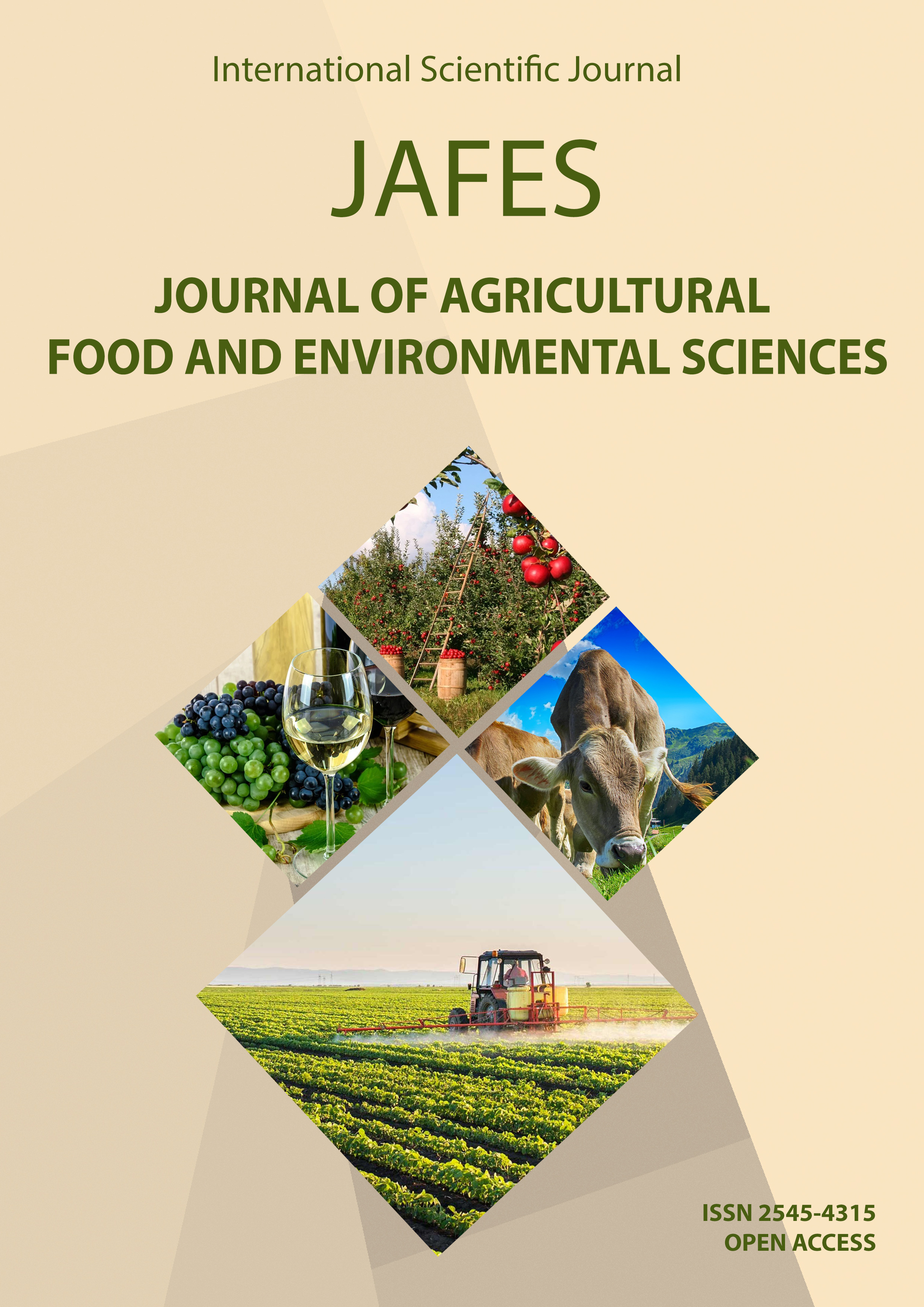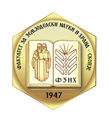DETERMINATION OF SELENIUM IN SELECTED FOODS FROM NORTH MACEDONIA BY ETAAS FOLLOWED BY MICROWAVE-ASSISTED DIGESTION
Keywords:
determination, electrothermal atomic absorption spectrometry, food, microwave-assisted digestion, North Macedonia, seleniumAbstract
For the determination of selenium in selected food products produced or purchased in North Macedonia, a suitable electrothermal atomic absorption method (ETAAS) was optimized and validated due to its biological activity and importance in human and animal nutrition. In this study, a sample preparation method with microwave digestion was used to digest various food samples for Se determination. The limit of detection (LOD) and limit of quantification (LOQ) were 0.99 µg/L and 3.30 µg/L, respectively. The validation results showed a recovery of 96.13-99.60%, and the relative standard deviation (RSD) was less than 5.3%. It was found that the determined selenium content was lower compared to the values reported from other Balkan countries. The highest Se content was found in protein-rich foods such as fish muscle of an endemic species of Lake Ohrid trout, then in pork, chicken breast and offal; the content in nuts, beans, milk and dairy products was average, while grain-based samples, fruits and vegetables had the lowest Se concentration.



